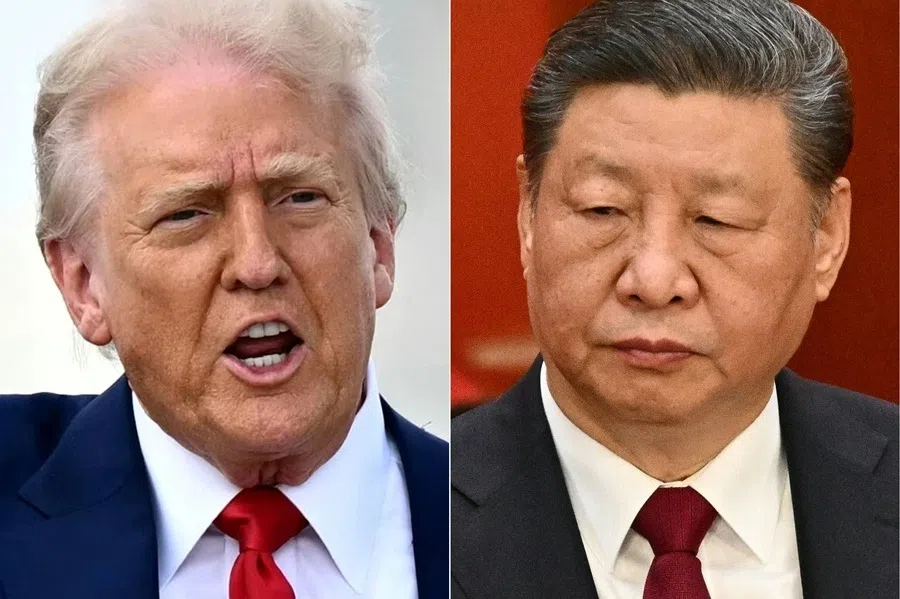China’s ascendant power: A new balance, a less certain peace
As China unveils its strength in a high-profile military parade, a new global force takes shape. In a world where peace is fragile and justice contested, both great powers and small states face a new test in navigating shifting geopolitical ground. Lianhe Zaobao China news editor Yang Danxu shares her thoughts.

The world watched as China held its largest-ever military parade as scheduled on 3 September at Beijing’s Tiananmen Square.
In this meticulously staged political spectacle, Beijing prominently showcased its own “circle of friends” and unveiled the People’s Liberation Army (PLA)’s new “weapons of war”, in an open declaration to the world that a force capable of rivalling the West has firmly established itself and is forging a new unity.
Circle of friends
Before the parade, Chinese President Xi Jinping and his wife Peng Liyuan warmly welcomed foreign leaders at Duanmen (端门, the Gate of Uprightness), then led the distinguished guests up the stairs to the Tiananmen viewing platform. Live footage showed Xi flanked by Russian President Vladimir Putin and North Korean Supreme Leader Kim Jong Un, with the trio chatting and laughing, even discussing advances in technology and human longevity.
On the viewing platform, Putin and Kim stood side by side with Xi. After more than 50 years, the Chinese, Russian, and North Korean leaders reappeared together, becoming the day’s most eye-catching moment and a new historic snapshot. While being of more symbolic than real value, it evoked memories of the Cold War and prompted US President Donald Trump across the ocean to accuse the trio of “conspiring against the US”.
... China has gained new space and is shaping itself as both a defender of the existing order and a protector of the interests of developing countries, aiming to unite more regional and global south countries.

Before this grand parade, China hosted the Shanghai Cooperation Organisation (SCO) summit in Tianjin. The spotlight also captured Indian Prime Minister Narendra Modi posing for photos with Xi and Putin, as well as the close conversations among the leaders of China, India and Russia.
Beijing held the SCO summit and the 3 September military parade back-to-back, with many guests either sanctioned by the US or clashing with Washington over its tariff war. Some commentators dubbed it an “anti-American alliance” diplomatic party.
This label may be too simplistic, but amid Trump’s unilateralism disrupting the current global order, China has gained new space and is shaping itself as both a defender of the existing order and a protector of the interests of developing countries, aiming to unite more regional and global south countries.
... it is not just weapons that Beijing displayed, but also its formidable military-industrial capability to rapidly produce advanced and diversified weaponry.

In fact, in the early hours of the parade day, Indonesian President Prabowo Subianto, whose country had just eased a wave of domestic protests, hurried to Beijing overnight. He was the third foreign leader in line to take his place on the viewing platform.
Showcasing power
If the recent SCO summit is indicative of China stepping up as a leading power to spearhead global governance initiatives in the vacuum created by the waning influence of the US and the West, then the grand military parade on 3 September showcased the strong hard power that buoyed this leadership position.
From possessing strategic nuclear forces capable of global strikes, to hypersonic “carrier killers” and AI-driven stealth drones and massive unmanned submarines, it is not just weapons that Beijing displayed, but also its formidable military-industrial capability to rapidly produce advanced and diversified weaponry.
Beijing is also using this moment to signal that in high-tech sectors where it faces direct competition with the US, the push for domestic alternatives is set to accelerate.
Although the traditional military superiority of the US in East Asia remains a force to be reckoned with, coupled with the fact that it is not possible for outsiders to accurately assess the combat effectiveness of the PLA’s new equipment from a ceremonial parade, this grand display was sufficient to send a clear deterrent message: when it comes to the potentially conflict-prone Taiwan Strait, a “red line” and core interest for China, any force must think twice before intervening.

Behind this accelerated development of domestically-produced equipment is the support of military technology and also the advantages of the Chinese system in this area. Beijing is also using this moment to signal that in high-tech sectors where it faces direct competition with the US, the push for domestic alternatives is set to accelerate.
A show of international status
The military parade was Beijing’s first in a decade to commemorate the victory in the War of Resistance Against Japanese Aggression in such a high-profile way — an effort to shift the traditionally Western-centric World War II narrative toward Asia by highlighting China’s role as a key force in shaping the post-war international order, and to assert a global status befitting its current national strength.
As a new force rises, the global political landscape could be significantly reshuffled. Once the balance is disrupted, peace becomes far less certain.
During the parade, the PLA chanted a new slogan: “Justice will prevail, peace will prevail, the people will prevail.” In today’s world of mounting geopolitical turbulence, peace is no longer a given. As the law of the jungle resurfaces and “might makes right” becomes a dominant reality, the need to uphold justice grows more urgent — yet what counts as justice is increasingly contested and complex.
As a new force rises, the global political landscape could be significantly reshuffled. Once the balance is disrupted, peace becomes far less certain. Whether major powers can assume responsibilities that match their global standing — and rise above confrontation and competition — will be a defining test. At the same time, smaller nations must navigate the shifting terrain, finding ways to survive and adapt in the spaces between great power rivalries.
This article was first published in Lianhe Zaobao as “阅兵大秀的政治信号”.
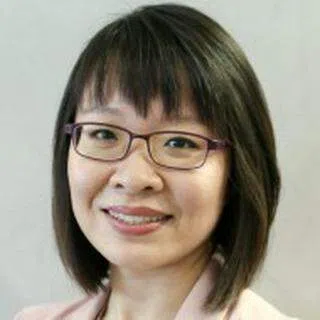
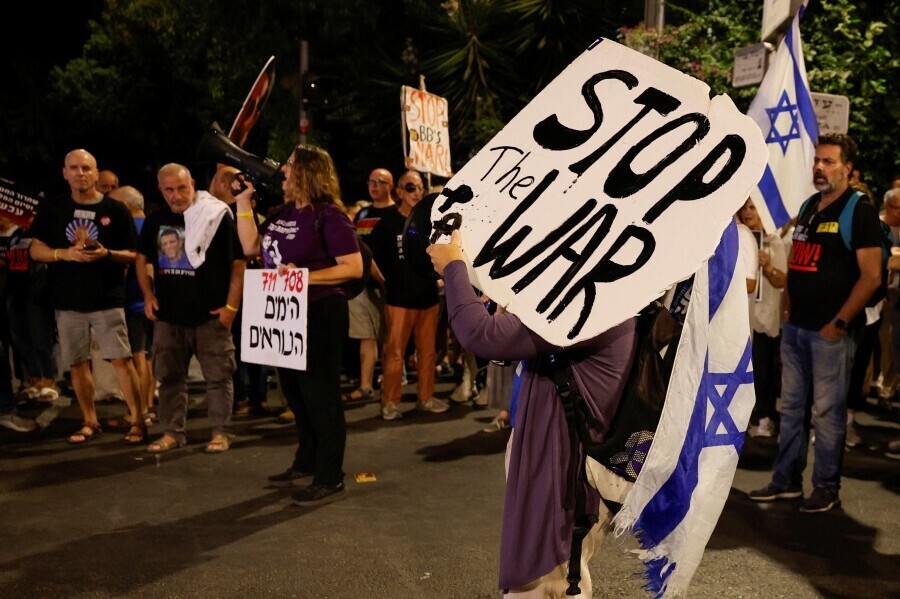
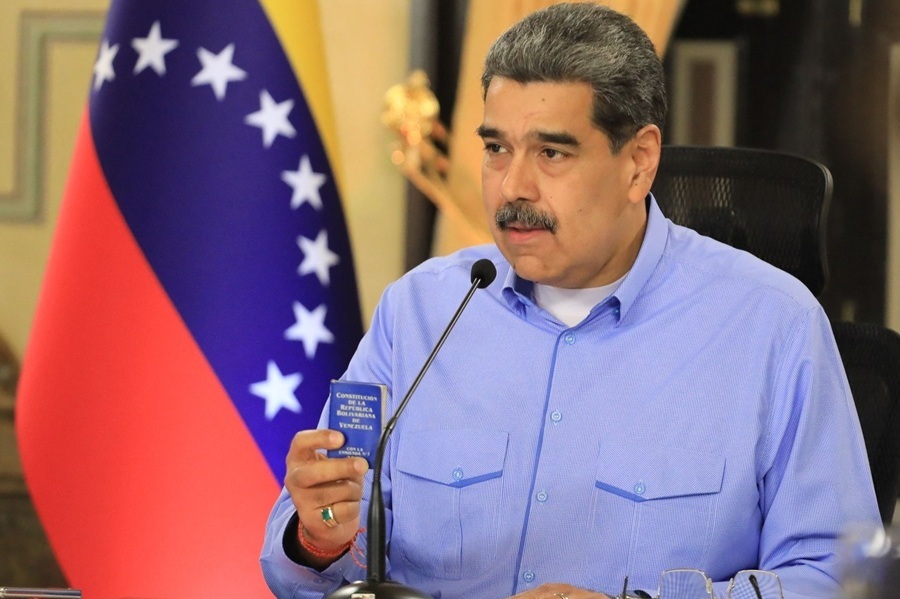
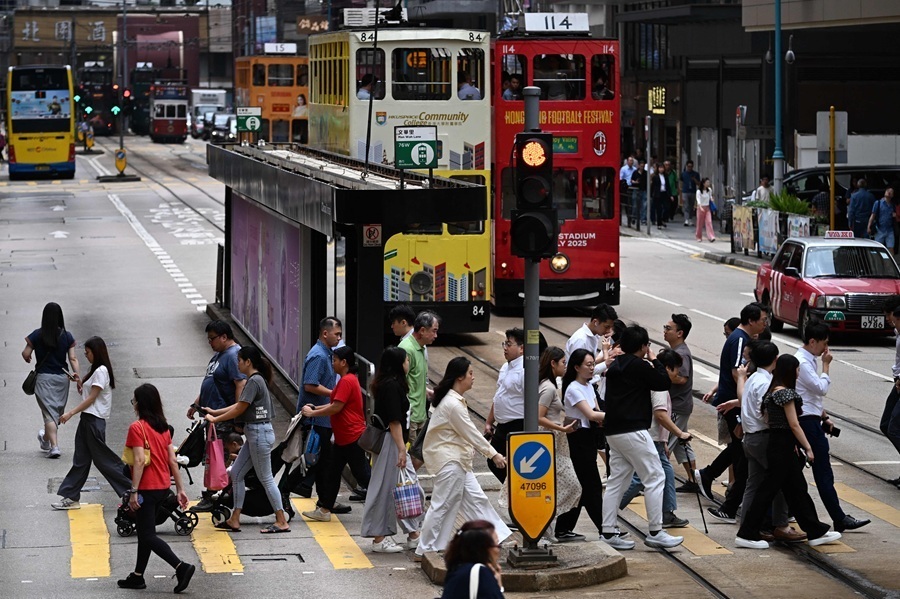
![[Big read] Prayers and packed bags: How China’s youth are navigating a jobless future](https://cassette.sphdigital.com.sg/image/thinkchina/16c6d4d5346edf02a0455054f2f7c9bf5e238af6a1cc83d5c052e875fe301fc7)
